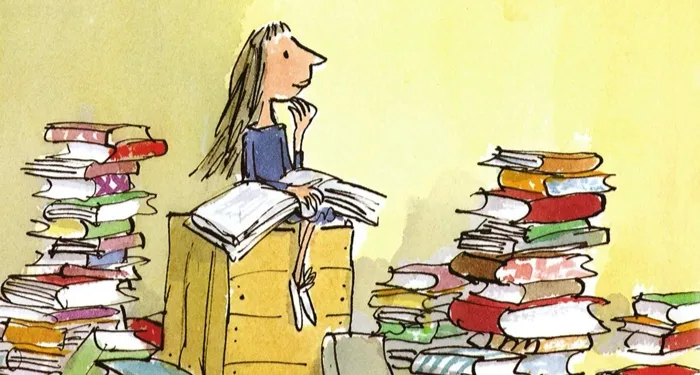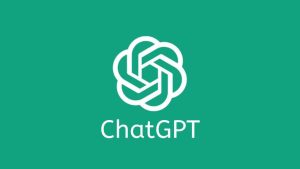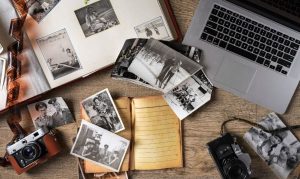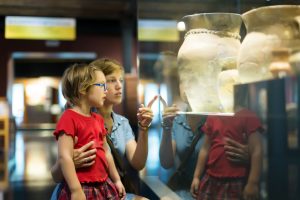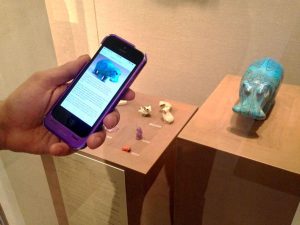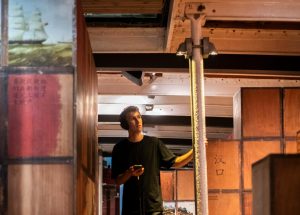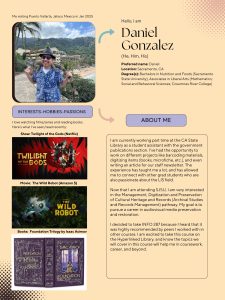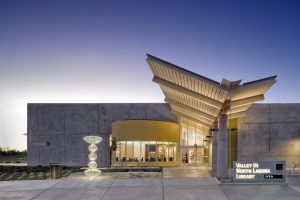
Note: From A Vibrant and Light-Filled Library Recalls the Shape of an Open Book (photography of the Valley-Hi North Laguna Library in Sacramento, CA), Archello. https://archello.com/project/valley-hi-north-laguna-library
The photograph I included in this post is of one of my favorite public libraries in my area. I remember when it was being built because the community college I was attending at the time was across the street from the building. The first time I walked into the library, I was shocked at how beautiful and open the building was. It had dedicated sections for children, teens, a computer lab for adults, and even private study rooms. It also had a front lounge area with seats and tables where one could eat a snack and/or lunch, and clean public restrooms accessible near-by. I did not realize it at the time, but many of the services, amenities, and resources offered by the library were in line with the characteristics of a transparent library. This is why for this post I wanted to explore the topic of transparent libraries and the positive impact they have on their patrons, library staff, and the community as a whole.
What is a transparent library? Is it a building with see-through walls? Perhaps, but joking aside, a transparent library is a user-centered institution that not only builds trust with all its patrons, but actively involves them in the programs, services, and resources it offers them. A transparent library is made up of 3 key elements: open communication, adapting to change, and scanning the horizon (Casey & Stephens, 2014).
Open communication is essential for transparent libraries because it establishes internal and external lines of communication between patrons, library staff, and the broader community. Having open lines of communication between patrons and library staff allows libraries to connect with patrons on a deeper, more interactive level, and receive helpful feedback about what library services are needed and/or not working. For example, say a library hosts weekly storytimes for children at the library for families with young children, they may want to create and give out surveys (in-person or via text/email) to the parents about whether their children enjoy the program and/or if they have any suggestions about books that could be included in the next story time. Other tools library staff could use to connect and engage with patrons could be blogs, wikis, community open houses, and outreach events (Casey & Stephens, 2014).
Another aspect of transparent libraries is their ability to adapt to change. When libraries are structured for constant and purposeful change it reduces the negative impact that change has on both the staff and patrons (Casey & Stephens, 2014). For example, if a library knows that the local middle/high school is going to resume attendance in a month, library staff could start planning and/or brainstorming ideas on how they can promote books, services, and/or programs that are enjoyable for teens. Often public libraries are reluctant to engage with teenagers because they equate them with rowdy behavior that impedes other patrons from accessing library resources. Instead of rejecting them, libraries need to understand that teens need to talk and socialize, and that carving out a space for them in the library is a great way to show them that they are a valued part of the library community (Casey & Stephens, 2008). They can also employ dedicated teen librarians or youth specialists on their team, establish protocols for inappropriate behavior, and hire security guards if needed (Casey & Stephens, 2008).
Lastly, transparent libraries need to scan the horizon or recognize trends that can lead to innovation and improvement (Casey & Stephens, 2014). A common trend is that more and more people are seeking human connections online via social media platforms, online gaming, and streaming media sites. Libraries need to recognize the importance of integrating social mechanisms into their catalogs and creating programs and services that are engaging, fun, and relevant to their patrons (Casey & Stephens, 2014). A way they could do this is to train and/or hire designated staff to create social media pages that not only promote library programs and services to patrons, but also provide a way for patrons to connect with their local libraries in a more interactive way. Libraries should keep patrons in mind before implementing any new programs or services, and always remember that without trust it is impossible to connect to patrons in any meaningful way (Schmidt, 2013).
References:
Casey, M., & Michael Stephens (2008). Advocacy/Engaging Library Users: Embracing service to teens. TTW | Tame the Web. https://tametheweb.com/2008/05/15/embracing-service-to-teens/
Casey, M., & M. Stephens (2014). The Transparent Library. Library Journal. https://tametheweb.com/wp-content/uploads/2014/03/TheTransparentLibrary2.pdf
Schmidt, A. (2013). The User Experience: Earning trust. Library Journal. https://287.hyperlib.sjsu.edu/wp-content/uploads/2018/09/SchmidtEarningTrust.pdf

